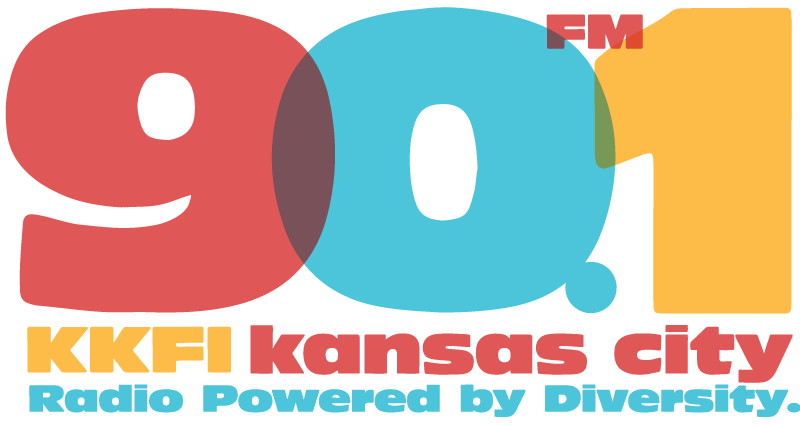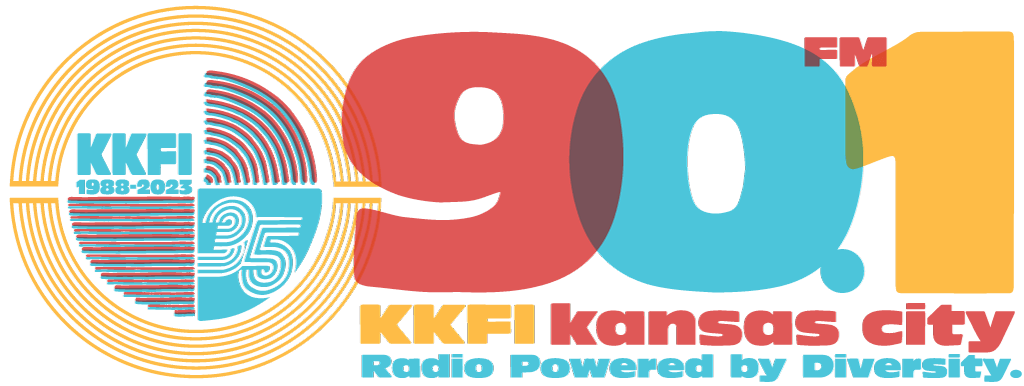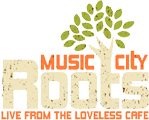By Craig Havighurst, Music City Roots Producer
Generally speaking, I’m anti-empire. They always end badly,and they’re pretty much the antithesis of the collaborative community values we cherish in music. But I’ll make an exception when it comes to the Empire Music Hall, our home away from Factory when we’re in the embrace of the Belfast Nashville Songwriters Festival. For the second year in a row, we lugged, landed, loaded and launched in the century-old, almost Ryman-like Empire. It’s a lovely place to experience a show, with its many levels, good sound and endless supply of Guinness. Oh goodness, the Guinness. But more on all that as we go. Our team was in country for a full week, and we saw far more than we did last year. And we learned more than I could ever squeeze in a column. But here are some highlights.
We booked two days in Dublin so we could take some meetings exploring the prospects of an MCR in the capital of the Republic in 2016. It’s a magic European city by the sea at the mouth of the River Liffey, and as we walked and learned, we grew ever-more excited about being part of the culture of this vibrant place, a mingling of the antique and high-tech. We made some new friends at the Guinness Storehouse, the museum/visitor center at the 250-year old brewery by St. James Gate. A highly designed tour leads to a spectacular tasting room called the Gravity Bar, an all glass round tower offering a 360 degree view of Dublin. I’ve enjoyed a Guinness from time to time in my life, but on this trip and especially in this place with its perfect, quality-controlled pints, the essence of the world-renowned brew truly captivated me.
Back on the ground, I got to see the Book of Kells and, just upstairs, the even more remarkable Trinity College Library, which has got to be one of the loveliest rooms in the world. Our whole group did a walking tour with a bubbly and super-smart guy who explains the story of the 1916 Easter Uprising, which began the revolution that led to Ireland’s secession from the United Kingdom. It’s intense stuff, but such is the Irish character.
There’s a song called “The Rocky Road To Dublin” that I learned years ago off a Van Morrison/Chieftains album. But in our case it was the road FROM Dublin to Belfast that proved challenging. Once again brave boss John and video chief Eric stepped up to drive on the left hand side of the road, but as if to raise the degree of difficulty, the vans we rented had manual transmission – with the gear shift at the left hand of the driver. Bastards! John was doing great with the tricky roundabouts but something felt weird with the clutch, and sure enough, it was in the process of giving out. When it did, we were miraculously next to a service station, where we wiled away a couple of hours waiting for the rental car company to bring a replacement van. No harm done beyond a lame lunch.
The Holiday Inn in downtown Belfast was beginning to fill up with festival goers and musicians when we arrived. Our first night though we needed to dip into Irish pub culture. We entered a buzzing place called Kelly’s about 10 pm and were hit in the face with a wind of the most perfect sound – fiddles, pipes, guitar and bouzouki. Six gents were circled up with their pints and instruments stirring up the air with rushing grooves and cyclical melodies. One musician was in student mode, playing when he knew the tune, listening intently when he wasn’t sure. I was really moved. We went searching for “the roots of our roots” and here they were.
That got us rather well primed for the Empire show. It was a long day of setup that included the laborious transformation (reality show worthy) of a junky, gnarly store room into a talent green room. In the front of the house, our guys lined up cameras and refocused lights to make the room sparkle on video. The carved wood, leaded glass and graceful murals all looked dazzling by show time, and a standing room crowd – larger than last year – filled the place. Ralph McLean called the night to order, filling Keith Bilbrey’s slot with a pleasant Irish accent and a smart, mod BBC sensibility. Jim did his usual opening song, and we were underway with emerging artist Paul Tully. He’d brought quite a few homefolks with him, and when he welcomed the contingent from Strabane, they put up the loudest cheer for a tiny town I’ve ever heard.
The music earned ovations from everyone. The first two songs touched on themes of comfort and peace of mind. Turning from guitar to piano he sang “Waiting On A Sign,” which had overtones of David Gray, who he’s claimed as an influence. Back on guitar he rocked harder in a passionate song of parting and fate called “Go Your Way (I’ll Go Mine).” While closer “Reign Down Your Love On Me” was 100% amorousness, sung in a voice as pure and true as the sentiment. He’ll be coming to Roots on March 18 with the Belfast songwriters contingent so watch for that.
Up next came the lovely, trad-plus sound of Cara Dillon. Backed by her husband Sam Lakeman on guitar and Niall Murphy on fiddle, she brought as much focused intent to her vocalizing as any singer I’ve heard in folk music. Her voice is clear glass, but her signature is an animated, decorated sound that mines every nuance of her bell tone, and she sang often with eyes closed and both hands on her microphone as if playing pipes. Opener “River Run” was subdued with only piano backing, but with “Jacket So Blue” she found a dancing Celtic feel against buoyant guitar. By mid set she was playing whistle in tandem with the fiddle in a full traditional jig, and the crowd loved it. The instrumental theme of “My Donald” had a modern fusion that evoked the way Nickel Creek bandhandles bluegrass. And she wrapped with a traditional song that was clearly dear to everyone called “The Parting Glass.” As a toast to loved ones upon departure, you couldn’t top it.
The songs in Jim Lauderdale’s set were familiar to us from weeks of great opening tunes at Roots, and they’re deep in our bones by now. Among them: “Why Do I Love You,” “Let’s Have A Good Thing Together,” and “I’m A Song.” I had seen Jim pull the night’s musicians together back stage for a group rehearsal of his bluegrass song “Zacchaeus,” but the stage crew was caught by surprise when he called the artists out to back him up on that one. Microphones! Cameras! Be alert! But it came off great and set up the song that connected best with this voice-loving crowd – the nearly a cappella gospel original “Like Him,” which was written for a project with Ralph Stanley. The ancient tones flowed in the Empire. A wrapper of his feisty hit “Halfway Down” brought the set to a close with energy and country twang.
Foy Vance had a lot to follow at this point, but you could tell the crowd was keyed up to hear this rising Northern Irish, power-folk star. His wardrobe was hipper than East Nashville, with a handlebar moustache, a red neckerchief, rolled up jeans and hefty work boots. His songs had a working man’s muscle as well. Beginning on piano, he set up a simple pulse that became a springboard for his voice, which surged and rolled like thunder. The full-on Foy-tensity continued through “Joy of Nothing” and “Janey” (about Janey and a jerk) though he did mellow a bit on the middle two songs of the set. Things really elevated though in the last half, with three sing-alongs in a row, including the self-evident “I’m Upbeat, I Feel Good.”
But the show-capper and the emotional climax of the night was “Guiding Light,” a Vance original that’s been a go-to show closer not only for him but for his friend and sometime touring partner, pop star Ed Sheeran. Like Cara’s last song, it’s a benediction and a prayer. The lyrics are really lovely and the chorus is simple as rain and so easy to sing. And sing they did. Vance got the crowd all together on the cyclical lyric “When I need to get home, you’re my guiding light. You’re my guiding light” and then one by one the night’s artists stepped out of the darkness of backstage to join in. Tully, Lauderdale, Dillon and Vance became part of the audience and they became performers – the fourth wall fell. The artists left the stage and the crowd kept singing at the top of its collective lungs. They clapped time and then accelerated the tempo and it was unclear if the song would ever end. We suggested Foy return to the stage (which he may have been planning all along) and he brought everyone home indeed with one final, very loud and lusty turn. It was a euphoric moment.
The show closing jam was a song that bridged Irish tradition with Appalachian. Cara Dilllon suggested “Bright Morning Star” and Jim told the crowd he’d learned the song via a Ralph Stanley version. It was lovely. Nothing could top “Guiding Light” but we didn’t need to. It was the gentle come-down we needed. After the show ended and the lights came up a bunch of pub boys with big beards circled up as in a rugby scrum and launched back into “Guiding Light” and they may be singing it still for all I know.
What I do know is that we at MCR see a guiding light in Ireland, and you can bet we’ll be following it.



